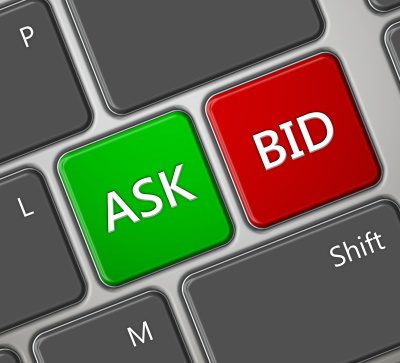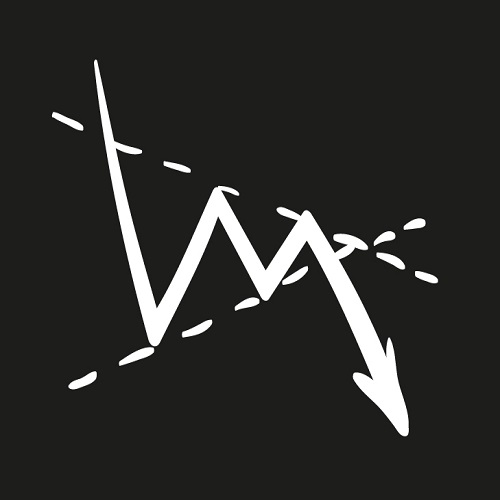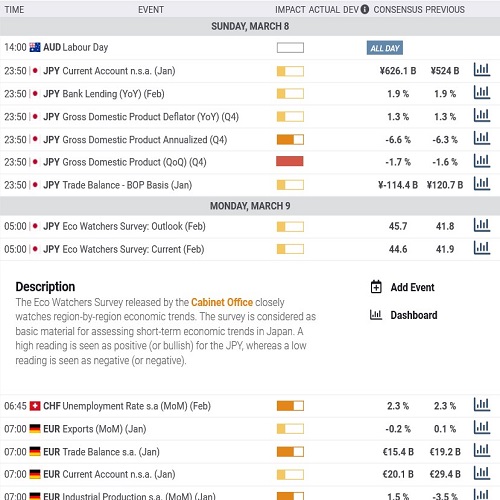How to Place your Stop Loss Order on your CFD Trade
Making sure your stop loss order isn’t triggered too soon depends on how you set it up. Find out how to best place your stop loss with Queensway.

Stopping Losses
Not every trade is going to be a profitable one.
Sometimes, a trader might misjudge the market and purchase or sell an asset only to see the price go against him/her. These are the cold hard facts of trading in any market – especially the Forex market, which is prone to bouts of extreme volatility.
Placing a stop-loss order or a stop-limit order is something every investor should learn to do sooner rather than later, in order to better protect their capital. Knowing more about the process can prevent serious losses if the need for such an order should arise.
What is a Stop Loss Order?
On most online trading platforms, a stop-loss order is an order given to the CFD broker to automatically close all positions which are unprotected in the market if the price action follows a movement that conflicts the initial position.
When the order is triggered, it becomes a market order. If the price isn’t reached because there is a gap in the market, then the next available price will be used to place the order.
Remember that a gap represents a jump in an asset price when it moves sharply and quickly or up or down with no trading activity in between.
Usually, the most significant gaps are the ones occurring from one trading day to another. For instance, say a company publishes a better-than-expected earnings report after the market closes.
Investors will hurriedly enter the market and the price of this company will open higher the next day, and thus form a gap which can be easily spotted on a candlestick or bar chart.
What is a Stop Limit Order?
A stop-limit order is another kind of protective order that helps limit losses in case of a negative movement in the trading position.
In this case, the price level determined to protect the position will only be executed to the limit level stated or to a better one. When this order is triggered, it becomes a limit order.
If there is a gap and the price of your protective order isn’t available to trade, then the limit order remains open and will be triggered when prices reach the pre-determined level.
Stop Loss Order vs Stop Limit Order
While a stop loss can be executed (market order) at a different price than where the stop-loss price is set at, a stop-limit (limit order) is guaranteed to be executed at the limit price or more.
Both orders provide different types of protection for investors and the choice will depend on trading style and objectives. It also depends on relation to risk – what risks can one take according to the market conditions being faced?
While a stop-loss will guarantee execution, it will not guarantee price. Slippage can, therefore, weigh on trading results.
On the other hand, stop-limit guarantees price limit, but not execution, which can trigger a significant departure of investors in case of any quick market movements against them.
Beyond the choice of the protective order, another factor to take into consideration is where and when to place them.
How to Place your Stop-loss and Stop-limit Orders
These orders may be used to protect an investor’s capital, but they are not completely understood. If investors use them incorrectly, many CFD trades that are in the right direction will be stopped out too early by tight stop losses and the trade will not have enough air.
There can be issues when placing protective orders incorrectly. When trades get placed too remotely from a support level for buy trades or too remotely from a resistance level for sell trades, all corrective movements in the price action will probably re-test these areas, and if they do, the order will be triggered.
Additionally, if the trader decides to push the stop loss to these levels and the trade goes in the wrong direction, losses will probably be huge.
What is another important aspect of this strategy? If the margin account is too small and the trader thoughtlessly pledges excessive funds on the trade, a margin call will probably be triggered before the stop loss is triggered.
The only way to place a stop loss that won’t hurt the trade, but at the same time protect it against capital loss, is to actually time the trades correctly.
Buy trades should be placed as close to support levels as possible. This way, the support level serves as padding against which a retracing price will bounce without jeopardising a stop loss. Conversely, sell trades should be positioned as close to a strong resistance level as possible.
An additional way to position stop-loss orders on CFD positions is to utilise low risk when trading.
An investor who risks 1% on a $2,000 account is risking just $20 on a trade. This translates to a trade size of 0.01 lots, which has overextended the stop loss to 150 pips and will cost the trader just $30. Compare this to a 0.5 lot size which has the same stop-loss; it will cost the trader $1,500 (75% of his account).
A summation
These two strategies can help accurately position orders on CFD trades in order to protect capital against opposite market movements. Traders should use technical analysis to better enter and exit the market and place stop-loss and stop-limit at more significant levels.
Another tip for placing protective orders is to use the risk/reward ratio, which will mostly depend on risk tolerance – even though most traders advise to use a risk/reward ratio of 1:3 minimum.







